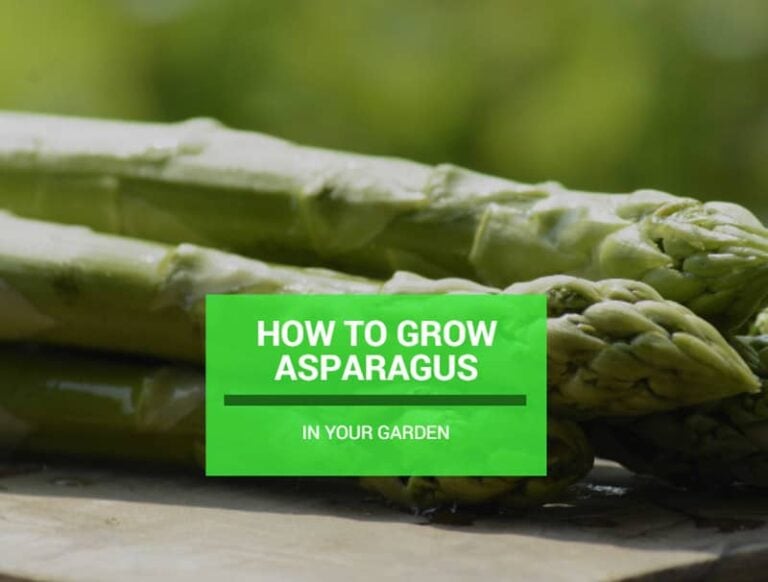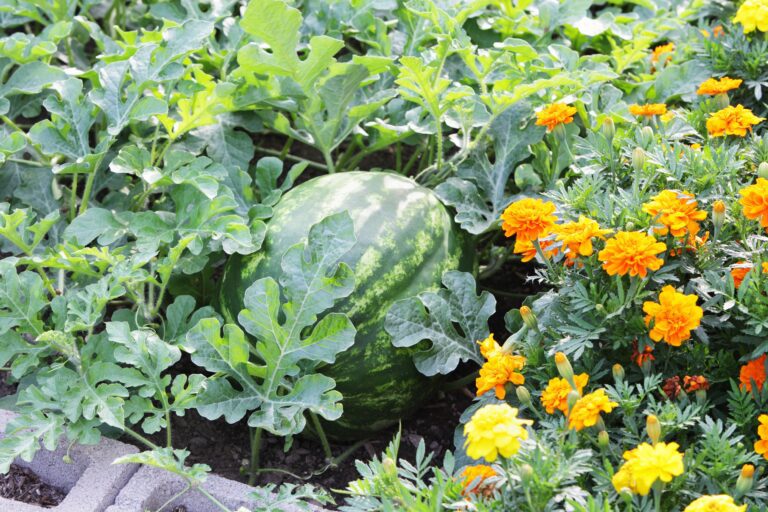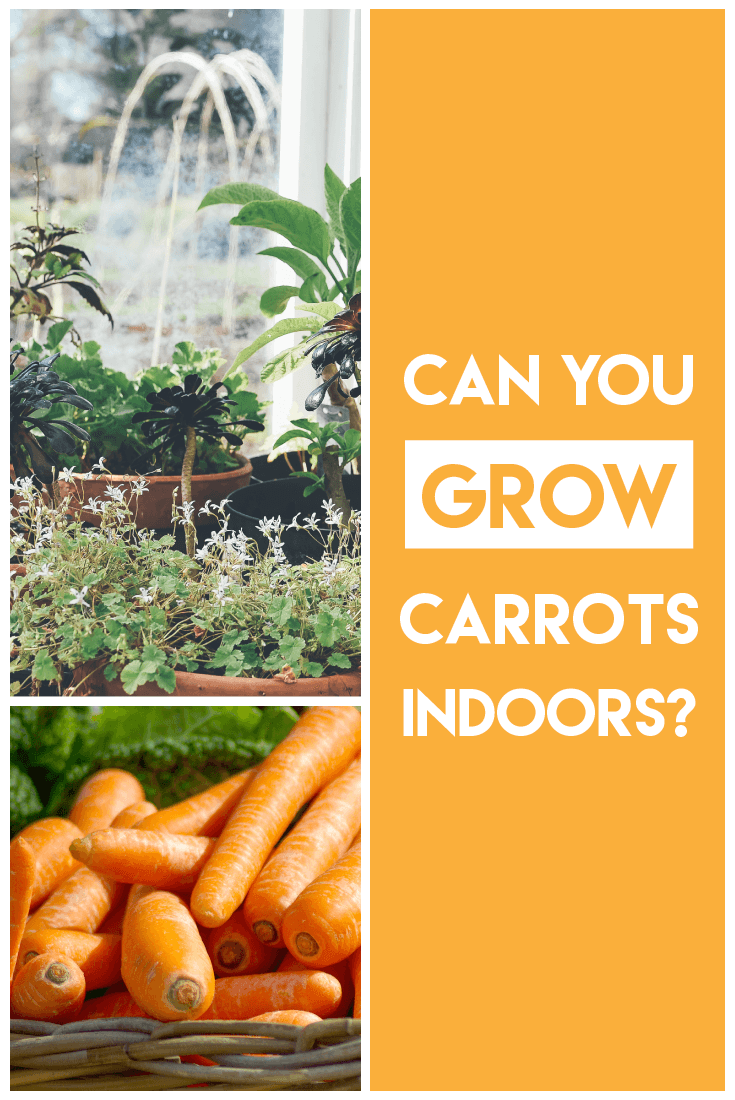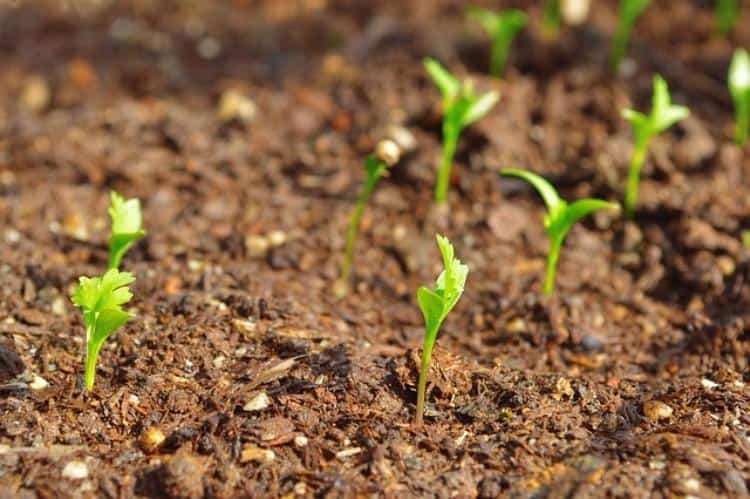Top Tips for the Best Fertilizer for Cucumbers
If you’re new to the world of gardening, you may find yourself operating under the guise of assuming all fertilizers are created equal in terms of how they treat plants. This is not the case if you’re growing cucumbers, which need a little extra love for them to grow properly. As such, it’s important that you not only look for a quality fertilizer, but one that will help nurture cucumbers as best as possible.
Our Picks for Best Fertilizer for Cucumbers
[wptb id="507016" not found ]The Importance of fertilizer for cucumbers
Like with most plants, using a good fertilizer can yield bigger cucumbers. It can also increase the total output of the plant. It does this by delivering all the good stuff your cucumber needs (stuff like nitrogen, phosphorus, and potassium, among others.) in easy-to-use forms.
While fertilizer is generally a good idea, it’s important to remember that, sometimes, the soils you can buy will already come with fertilizer mixed in, especially if you’re using a starting mix, so be sure to check.
If your soil does contain fertilizer, you can still add some of your own — we usually just recommend doing it at half strength and gauging the results.
A Look at Cucumber’s Many Benefits
There are all kinds of reasons why growing cucumbers can be a terrific option. This video does a good job of hitting the highlights of the veggie’s numerous benefits. As you’ll see, growing the cucumbers may be fun, but it can also be serious business given what they have to offer.
Prepping Before the Fertilizer
Now that you’ve seen the benefits of cucumber growing, you may be tempted to dive into the process and grab a big bag of fertilizer. Before you do that, though, there are a few things you should know about growing your cucumbers, including a few steps that must be taken before the fertilizer is provided.
First off, cucumber vines need to be planted in soil equipped with good drainage to avoid water oversaturation, which could damage the veggies. They should also be trellised to ensure that hindrances to growth like fungal diseases are kept to a minimum. If you’re planting the crop in a container, it’s also wise to procure the largest container possible.
Types of Cucumber Fertilizer on the Market
When the time comes to purchase fertilizer, a balanced, all-purpose fertilizer will provide your veggies what they need to get proper nutrients. However, there is a wealth of advanced fertilizer types you can look at to help coax your cucumbers along.
Perhaps the most famous of these higher-level fertilizers are granular fertilizers. The basic style of this fertilizer type breaks down over time before their nutrients are released to allow a more even distribution. There are also more high-tech versions of this style that contain slow- or controlled-release properties that provide even more predictable results.
You can also obtain granular fertilizers that are made from organic sources, like manure, cottonseed meal, blood meal, or feather meal. Additionally, some of the fertilizers that you can get are technically natural yet not organic. Some of these include nutrients like calcium, potassium, and iron.
You may also want to be on the lookout for fertilizers that are liquid or water-soluble. These fertilizer types tend to be faster-acting than typical organic products, which may be alluring if you want faster results. On the other hand, these products tend to be a bit messy compared to the solid stuff.
a great guide…
Here’s a really solid video tutorial on fertilizing cucumbers by Gary PIlarchik.
Other Things to Consider
If you plant your cucumbers in well-drained soil enhanced by fertilizer, you’re not quite on the pathway to growing perfect cucumbers every time. There are a few more metrics you must consider if you’re gunning for results to make you happy.
For instance, where you plant your crop is essential. Ideally, you’ll want to make sure the spot you choose receives a full amount of sunlight, and that each cucumber vine is spaced 6 to 10 inches apart from each other. The former will promote good growth, while the latter will minimize vine entanglement.
When you plant the cucumber seeds in the fertilizer-rich soil, you’ll want to make sure they’re at a depth of about 2 inches, and then you’ll want to work into the soil 6 to 8 inches deep. You may want to consider covering the seeds with netting until they start to grow to ensure pests don’t dig them out and eat them.
And while it almost goes without saying that you should water your cucumbers, it’s important that you remain consistent with the process. If you don’t, your cucumbers may develop a bitter taste to them.
Harvest Time
You can expect to reap the rewards of your hard labor when the cucumbers reach about 6 to 8 inches long. If you’re harvesting dills, the length will be 4 to 6 inches. If you’re trying your hand at pickles, you can pluck them when they grow to 2 inches in length.
Our Recommendation: Gardener’s Energy Buttons
Working with fertilizer shouldn’t have to be a chore. And while it may be a bit funny to think of fertilizer as being technologically advanced, the fact is that the substance has evolved to make its usage less time-consuming and more intuitive.
We like the Gardner’s Energy Buttons for this very reason. Its slow-release pellets of aged manure do a lot of the timing work that you would have to worry about back in the day. If you’re not familiar with the intricacies of mixing fertilizer and whatnot, this can make your job a whole lot easier.
This doesn’t take you completely off the hook, of course – there is still plenty of things you need to do to your cucumber plant to ensure a proper, satisfying harvest. However, using a technically advanced fertilizer such as this one can go a long way in helping you meet that goal. And that alone should make exploring the world of fertilizer worthwhile.
Photo by Gerwin Sturm licensed under CC BY 2.0.






